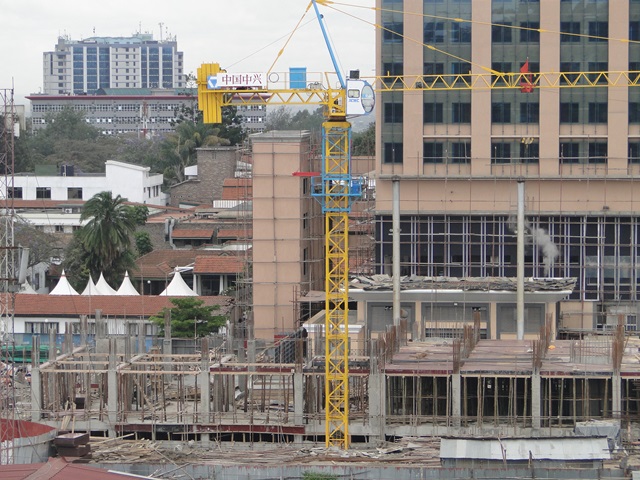Ciara Walker is a senior cost consultant for Mace Group, an international consultancy and construction company.
Over the 50 years since independence, Kenya’s role as the gateway to East Africa has developed, attracting people, investment and businesses to its capital.
This year the city made the UN list of top 4 investment cities in Africa, as multinationals flock to the country looking for a foothold in the East African market.
In the 13 years from 2003–2016 Nairobi attracted $5.9bn in Foreign Direct Investment, the second fastest growth in investment on the continent.
As money flowed to the capital, Nairobi has had to keep pace with the infrastructure, housing and general urban living demands of an increasingly middle class and global city.
To some extent, the city has been a victim of its own success:
with an attractive offering for businesses people have been flocking to the city in search of jobs. Kenya is urbanising at a rate of 4.3% per annum, almost twice the global average of 2%.
Read:Kenyan construction market gains momentum-report
It is no surprise the city is struggling to keep up with the pace of demand from all its new citizens.
The lack of a long term vision for the city hindered planning in the past, meaning much of the needed infrastructure went in ad hoc, or not at all, resulting in some of the biggest slums in Africa.
More recently however there has been a concerted effort to coordinate planning and maximise the benefit to be derived from investments into the city.
The Nairobi City Master Plan was devised for this reason and is being used to direct investment towards the areas of most need, notably transport, social housing
and water.
As developments fly up, the Nairobi construction sector has registered a 71% rebound from the election period slowdown with SH60.1bn of projects approved in H1 2018, almost double the previous 6 months.
Residential construction has seen particular strength as the city has grown to accommodate
the rapid urbanisation of the population.
So far this year there has been a 50% jump in the value of residential projects approved, and 11.65% growth in non-residential buildingconstruction. With strong private investment flowing into Nairobi, the challenge is directing funding to where it is most needed by the population.
Strong investment flows and demand have pushed residential prices out of the realm of affordability for most of the city’s population, with growth of 30% annually from 2010–2012, and only slight corrections in 2016–2017.
Now the government is responding to the gaps in the market with a significant affordable housing programme, including a Sh6.5bn development in Parklands.
Similar challenges surround all sections of the real estate market: whilst the will and the demand for commercial, retail, hotels and hospitality developments is there, the strength of demand is pushing prices higher for occupiers.
Government funding constraints are also holding back provision of enabling infrastructure, without which all the fancy new developments won’t have the connectivity, healthy, welleducated employees and city services needed for them to support Nairobi’s success.
So far this year there has been a 50% jump in the value of residential projects approved, and 11.65% growth in non-residential buildingconstruction.
Landmark projects such as the Hass Towers serve as a beacon for further development, accelerating the virtuous cycle of development.
The danger, if the government cannot keep up with all the private development, is a vicious cycle of disconnected and unplanned development which does not provide the benefits required to businesses or residents.
To respond to this, the Government has developed an ambitious pipeline of infrastructure projects, critical to the future economic opportunities of the city. These efforts in rail, aviation, ports and roads are improving access to Nairobi.
But critical work is still needed in connecting up developments, and should be a focus alongside the program of connecting the capital to the wider region.
Nairobi’s economic success is creating problems as it solves them. While there has been enormous private investment in real estate, investment in the infrastructure required to fulfil Nairobi’s potential has lagged behind.
The city has seen such success at attracting employers and employees that development and construction haven’t been able to keep pace with demand.
Without refocusing onto supporting infrastructure to maximise the benefits of private development, there is a danger that the much needed socioeconomic benefits and return on investment will not come. Nairobi cannot, and I believe will not, allow that to happen.

